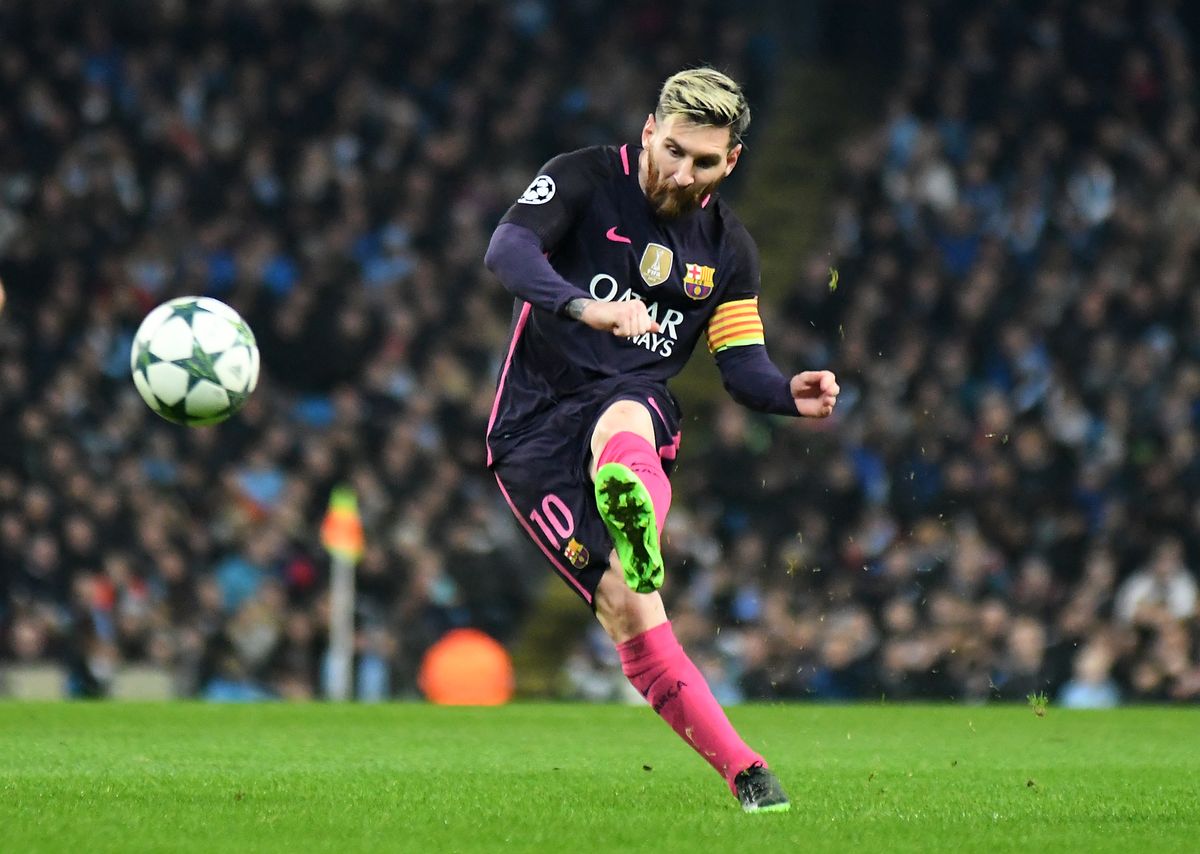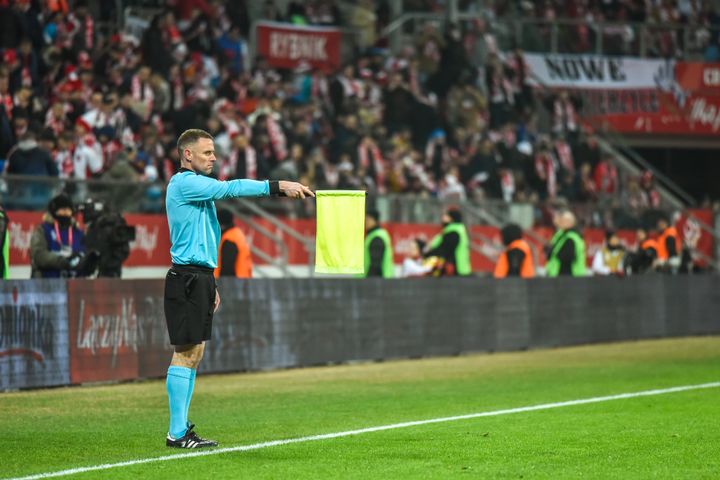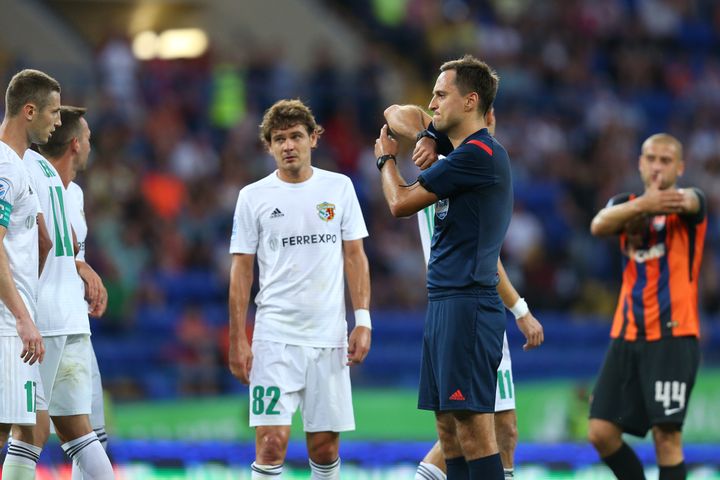The Art and Essence of the Free Kick in Soccer
Discover the world of the free-kick: where raw power meets finesse, where strategy confronts intuition and legends can be born in the blink of an eye.

The free-kick is not just another restart in the game of soccer; it's a moment where individual brilliance can shine amidst a team sport, often swinging the pendulum of fate in a match. From bending shots around walls to powerhouse drives, the free-kick remains a quintessential part of the game.
The origins of the free-kick date back to the early inception of soccer. Initially conceived to penalize infringements, it has evolved into an art form. As soccer's rulebook refined over the decades, so did the techniques players adopted to capitalize on these opportunities.
Types of Free-kicks
In soccer, free-kicks offer a fascinating blend of strategy, skill, and drama. Whether direct or indirect, they often result from a breach of the rules. Understanding when each type is awarded and how they operate is crucial for players, officials, and fans.
Direct Free-kick (DFK)
Awarded For:
- Kicking or attempting to kick an opponent.
- Tripping or attempting to trip an opponent.
- Jumping at an opponent.
- Charging an opponent, especially from behind.
- Striking or attempting to strike an opponent.
- Pushing an opponent.
- Holding an opponent.
- Handling the ball deliberately, except for the goalkeeper within their penalty area.
- Other offenses, like dangerous play or denying an obvious goal-scoring opportunity through a foul.
How to Execute:
- The ball must be stationary.
- Opponents must stand at least 10 yards away or be on their goal line between the posts if closer.
- The ball is in play once it is kicked and clearly moves.
- A goal can be scored directly from a direct free-kick.
Indirect Free-kick (IFK)
Awarded For:
- Dangerous play, like attempting a high kick near an opponent's head or diving.
- Impeding the progress of an opponent (without contact).
- Preventing the goalkeeper from releasing the ball from their hands.
- Goalkeeper offenses, such as holding the ball for more than six seconds or handling a deliberate back-pass.
- Offenses where a player plays in a way that's considered by the referee to be dangerous but hasn't necessarily made contact.
- When a player is penalized for being offside.
How to Execute:
- The ball must be stationary.
- Opponents must stand at least 10 yards away.
- The referee raises their arm to indicate it's an indirect free-kick.
- The ball is in play once it is kicked and clearly moves.
- A goal can only be scored if the ball touches another player (from either team) before it enters the goal.
In both cases, it's crucial to note that the game restarts with a free-kick at the spot of the offense. For infringements occurring within the goal area (or six-yard box), special rules dictate the ball's placement. Regardless of type, free-kicks in soccer present teams with a tactical tool, a potential scoring opportunity, and a moment of theatre that can change the course of a game.
A penalty kick is a type of free kick in soccer, but it's specialized and distinguished by its specific conditions and rules:
- It's awarded when a player commits a direct free-kick offense inside their own penalty area.
- The kick is taken from the penalty spot, 12 yards (11 meters) from the goal line, right in the center of the goal.
- Only the goalkeeper can defend, standing on the goal line between the goalposts until the ball is kicked.
- All other players must be outside the penalty area, at least 10 yards from the penalty spot (outside the penalty arc), and must stay behind the ball until it's played.
The Art of Taking a Free-kick
Positioning is paramount. A player's stance and the ball's placement can give away or camouflage intentions. Then there's the technique:
- Curve: Applying spin to bend the ball around or over the wall.
- Power: Overwhelming the keeper with sheer force.
- Knuckleball: An unpredictable flight path making it a nightmare for goalkeepers.
- Under the wall: Exploiting jumping walls by sneaking the ball underneath.
Lastly, the mental aspect can't be understated. Taking a deep breath, gauging the wall, the keeper's position, and then executing under pressure is a skill in its own right.
The Science Behind the Perfect Free-kick
Physics plays a huge role. The Magnus effect, where the spin on the ball affects its trajectory, can cause the ball to swerve, dip or rise. The ball's design also matters. For instance, the Adidas Jabulani, used in the 2010 World Cup, was notorious for its unpredictable flight.
The defensive wall, while a challenge, is also a tool. Its formation affects the aerodynamics, with the ball sometimes using the wall's 'slipstream' to curve further.
Famous Free-kick Takers
From the bylanes of South America to the grand stadiums of Europe, the art of the free-kick has been refined and redefined by a select few. These maestros, with their unique techniques and indomitable spirit, have turned set-pieces into symphonies, leaving behind legacies that resonate with every bend of the ball. These are Root4Soccer's grand fIVE:
Cristiano Ronaldo:
Technique: Ronaldo's free-kicks are immediately recognizable by his unique stance - a straight posture, legs spread apart, and concentrated gaze fixed on the ball. His signature technique is the "knuckleball" strike. It involves hitting the ball off-center so that it moves unpredictably in the air, making it a goalkeeper's nightmare.
Legacy: Among his plethora of free-kick goals, his strike against Portsmouth in 2008 stands out, where the ball danced in the air before nestling into the top corner.
David Beckham:
Technique: With a graceful swing of his right foot, Beckham was renowned for his ability to impart spin on the ball, allowing it to curve around walls and beyond the reach of goalkeepers. His technique focused on striking the ball with the instep, giving him precision and curve.
Legacy: Who can forget his last-minute free-kick against Greece in 2001? It secured England a spot in the 2002 World Cup and cemented his status as one of the best free-kick takers in history.
Roberto Carlos:
Technique: Carlos, with his thunderous left foot, was famous for his powerful "banana" kicks. These shots swerved so dramatically that they seemed to defy physics. He often struck the ball with the outside of his foot, generating immense outside curve.
Legacy: The iconic free-kick against France in 1997's inaugural FIFA Confederations Cup is a testament to his prowess. The ball swerved away from the wall, only to curve back dramatically into the goal, leaving onlookers in sheer disbelief.
Juninho Pernambucano:
Technique: Juninho's brilliance lay in his versatility. While capable of power and curve, he was particularly famed for his ability to generate an unpredictable dip on the ball. By striking down and across the ball with his instep, he could send it over the wall, only for it to dip under the crossbar at the last moment.
Legacy: His record at Lyon speaks for itself. With over 40 free-kick goals for the French side, each one seemed more impossible than the last. His consistent ability to find the back of the net from various distances and angles made him, arguably, the most proficient free-kick specialist the game has ever seen.
Lionel Messi:
Technique: Lionel Messi is widely revered for his free-kick prowess, and he employs a unique blend of techniques that set him apart. Messi emphasizes placement over power. He has a knack for identifying gaps in the wall or predicting a goalkeeper's slight mispositioning, allowing him to place the ball with surgical precision. He predominantly uses the inside of his left foot, which gives him greater control over the ball's trajectory. Messi’s approach is characterized by a relatively short and angled run-up. This run-up, coupled with a quick striking motion, provides the necessary whip and spin on the ball. The short run-up can also deceive goalkeepers, making it hard for them to time their dives correctly.
Legacy: Over the years, Messi established himself as one of the best free-kick takers in the world, seamlessly marrying technique with precision and unpredictability. He has been known to score free-kicks in crucial moments, swinging the momentum of games. These include key matches in La Liga, UEFA Champions League, and, right now, the MLS, where his strikes make a pivotal difference.
Inspiring the next generations
Each of these players has not only etched their names into the annals of soccer history but also expanded our understanding of what's possible with a dead ball at one's feet. Their techniques have inspired the next generation of footballers, continuing the evolution of the free-kick in soccer.




